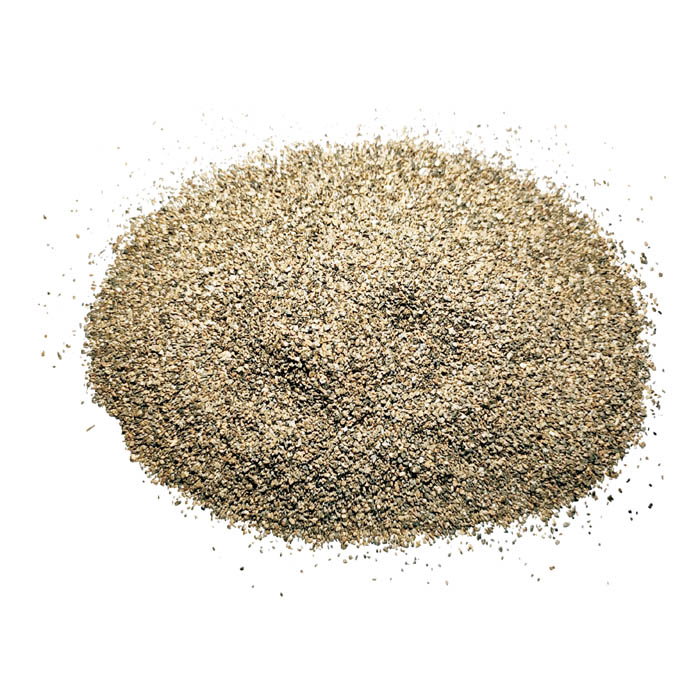Aug . 13, 2024 05:54 Back to list
Exploring the Properties and Applications of Gunning Refractory Materials in High-Temperature Environments
Gunning Refractory Material An Overview
In the world of industrial applications, particularly in high-temperature environments, the role of refractory materials cannot be overstated. Among these, gunning refractory materials have gained significant attention due to their unique properties and versatility. This article delves into the composition, application, and benefits of gunning refractory materials, shedding light on their importance in various industries.
Gunning refractory materials are specialized mixtures designed for the repair and maintenance of furnaces, kilns, and other high-temperature equipment. These materials can be applied using a gunning technique, whereby they are propelled through a nozzle under high pressure. This process not only ensures an efficient application but also enables the materials to conform to irregular surfaces, making them ideal for repairing damaged linings in various industrial settings.
The composition of gunning refractory materials typically includes aggregates, bonding agents, and additives. Aggregates are the primary components and can be composed of alumina, silica, magnesia, or other refractory oxides, which provide the material with its high-temperature resistance. The bonding agents are essential for ensuring the durability and integrity of the material once applied, while additives can enhance performance characteristics such as workability, adhesion, and resistance to thermal shock.
One of the standout features of gunning refractory materials is their ability to withstand extreme temperatures, often exceeding 1,500 degrees Celsius (2,732 degrees Fahrenheit). This makes them suitable for use in various high-temperature environments, including steelmaking, cement production, glass manufacturing, and petrochemical processing. In these applications, gunning refractories serve as protective linings, ensuring that the structural integrity of the equipment is maintained while optimizing efficiency and safety.
gunning refractory material

The application process of gunning refractory materials is crucial to their performance. The gunning technique involves the use of specialized machinery that combines the dry refractory mix with water before propelling it onto the substrate. This process allows for a quick and effective repair of surfaces, minimizing downtime in industrial operations. Once applied, the material cures and hardens, forming a strong, resilient lining that can withstand the rigors of high-temperature operations.
Another important aspect of gunning refractory materials is their environmental impact. Many modern formulations are designed to be more eco-friendly, reducing harmful emissions during application and improving longevity, which ultimately leads to less waste. As industries increasingly focus on sustainability, the adoption of greener gunning refractories becomes more appealing.
Moreover, the cost-effectiveness of gunning refractory materials cannot be overlooked. Their ability to be quickly applied and cured means that maintenance operations can be conducted with minimal interruption, saving time and resources. Additionally, the longevity and durability of these materials often translate to lower replacement costs in the long run.
In conclusion, gunning refractory materials represent a vital component in the maintenance and repair of high-temperature industrial equipment. Their unique properties, coupled with advanced application techniques, offer significant advantages in terms of efficiency, durability, and environmental considerations. As industries continue to evolve and strive for greater sustainability, gunning refractory materials will undoubtedly play a crucial role in ensuring operational excellence in high-temperature environments.
-
Eco-Friendly Granule Covering Agent | Dust & Caking Control
NewsAug.06,2025
-
Fe-C Composite Pellets for BOF: High-Efficiency & Cost-Saving
NewsAug.05,2025
-
Premium Tundish Covering Agents Exporters | High Purity
NewsAug.04,2025
-
Fe-C Composite Pellets for BOF | Efficient & Economical
NewsAug.03,2025
-
Top Tundish Covering Agent Exporters | Premium Quality Solutions
NewsAug.02,2025
-
First Bauxite Exporters | AI-Optimized Supply
NewsAug.01,2025
